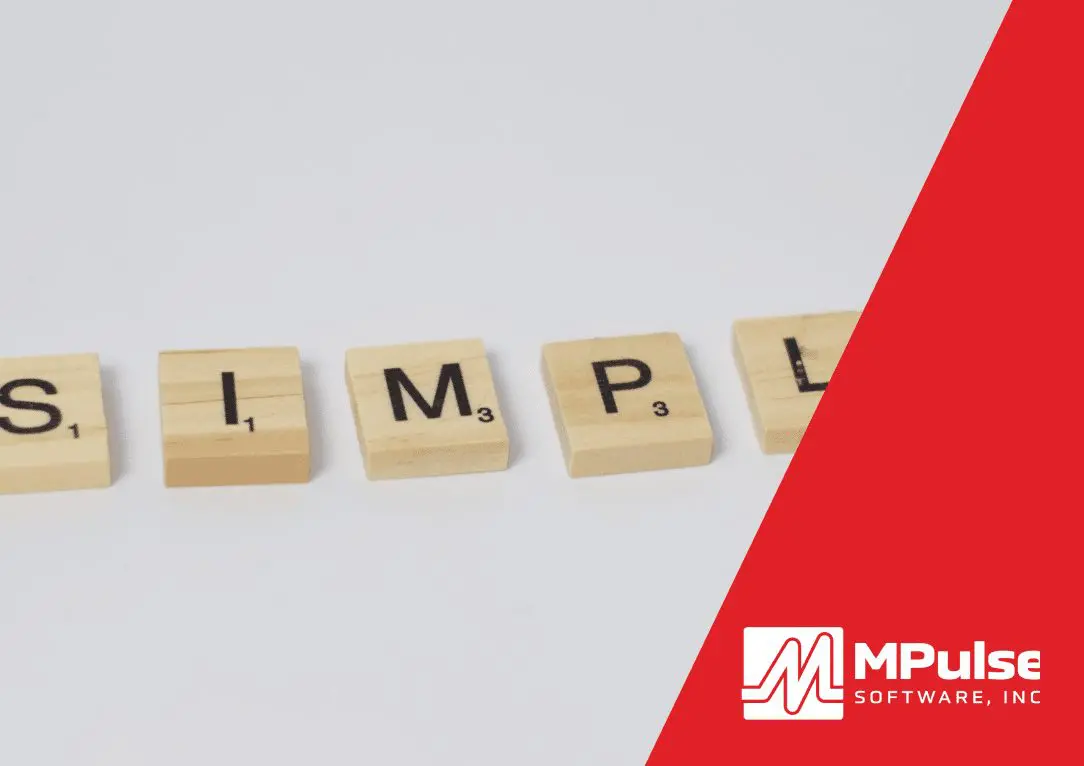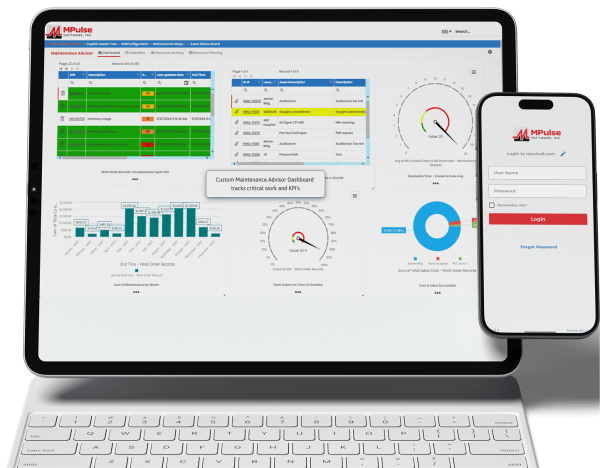When you’re researching CMMS software, you typically focus on what you and your organization need. But it’s also helpful to understand what you don’t need.
Here are three things most maintenance departments don’t need in CMMS.
Table of Contents
#1: You Don’t Need Features Your Team Won’t Use
When you research CMMS software, consider how the features will impact your users. If the software has specific features that are difficult to learn and navigate, the software won’t be adopted quickly by your users. Study after study shows that software that’s easier to use is used more often—and more effectively.
But, You Do Need Scalability
Instead, ask if advanced features like condition-based maintenance, cost center budgeting and advanced inventory tracking can be added later as your organization matures. You may not use these functions initially—and shouldn’t have to pay for them right out of the gate—but make sure there’s a reasonable upgrade path.
#2: You (Probably) Don’t Need Predictive Maintenance
Predictive maintenance requires a combination of gauges, meters, or other measurement techniques like infrared thermography, vibration analysis, or lubrication analysis. But if you’re not a Fortune 500 company, the payoff of such precise monitoring doesn’t pencil out when you consider how much infrastructure you need for predictive maintenance.
But, You Do Need Preventive Maintenance
A lot of customers say “predictive maintenance,” when they really mean preventive or condition-based maintenance. Preventive maintenance software is usually the right choice for small and medium-sized companies. It will generate a schedule of PM tasks, making it simpler to follow the manufacturer’s guidelines.
#3: You Don’t Want to Spend Too Much on Licenses
Not so long ago, most organizations sold “per-seat” licenses. Each person—or seat—needed one license. Five people needed five licenses… ten people needed ten licenses… and so on. And you needed to add even more licenses for casual users who only needed access on a sporadic basis.
But, Concurrent Licensing Can Save You Money
Concurrent user licensing is a newer approach where you buy licenses based on the number of users accessing the software at the same time. Say seven of your techs work the night shift, while ten are on the day shift. You’d only need ten licenses because the night shift won’t be using the system at the same time. If someone leaves and you hire someone new, you don’t need to buy new licenses because the number of users accessing the software at the same time hasn’t changed.
Have questions? Contact us. We’re here to help.






